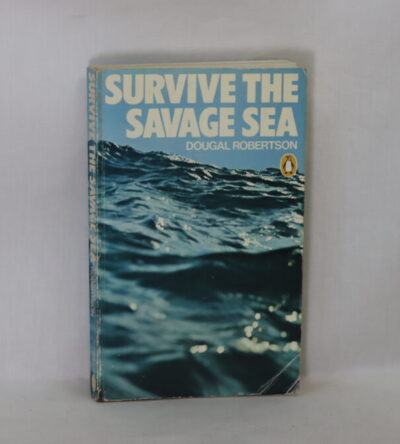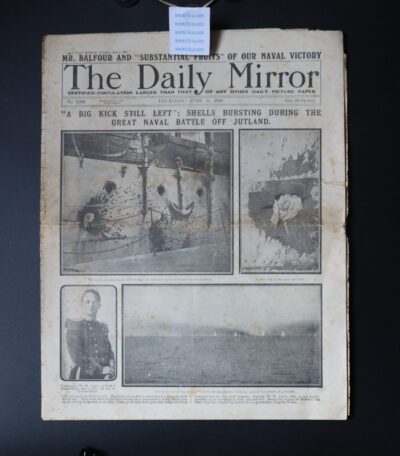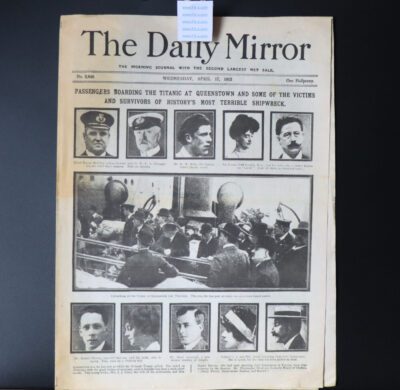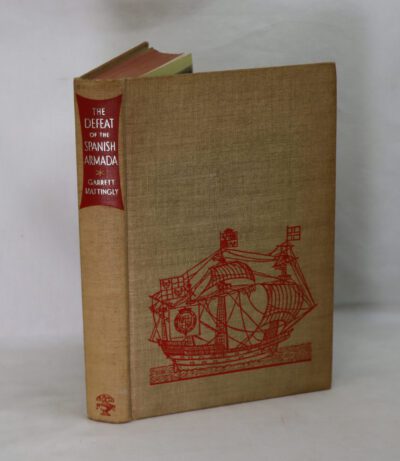Operation Sealion.
By Peter Schenk
ISBN: 9781784383947
Printed: 2019
Publisher: Greenhill Books. Barnsley
| Dimensions | 17 × 25 × 3 cm |
|---|---|
| Language |
Language: English
Size (cminches): 17 x 25 x 3
Condition: As new (See explanation of ratings)
Your items
Item information
Description
In the original dustsheet. Black cloth binding with silver title on the spine.
F.B.A. provides an in-depth photographic presentation of this item to stimulate your feeling and touch. More traditional book descriptions are immediately available.
It is hard to believe that in the summer of 1940, neither the Allies nor the Axis powers had any experience of large amphibious operations. German planning for Operation Sealion was concerned with pioneering new techniques and developing specialised landing craft. Remarkably, in only two months they prepared an invasion fleet of 4000 vessels. In _Operation Sealion_, Peter Schenk begins by analysing and describing the vessels that were developed and deployed for the operation: converted cargo vessels and steamers, more specialised landing craft, barges and pontoons, and auxiliary vessels such as tugs and hospital ships. He then goes on to outline the strategic preparations for the landing and looks at the operational plans of, in turn, the navy, army and air force. The planned invasion is described in full detail so that the reader can follow the proposed sequence of events from loading, setting sail and the crossing of the Channel, to the landing and the early advances into southern England. Schenk uniquely estimates the chances of success. This absorbing account of Hitler’s abortive mission, more detailed than anything written hitherto, is of interest not just to the naval historian but to anyone with an interest in World War II.
Peter Schenk is a member of Berlin’s Groener Group and spent months researching Operation Sealion at Freiburg’s Military Archives. He has written and co-authored five books about German landing craft, net layers and the fleets of World War I and World War II. He has written numerous articles in _After The Battle_ magazine, as well as in German magazines. Sonke Neitzel is Professor of Modern History at the University of Potsdam and Glasgow. Since 1994 he has been specialist adviser in history to the German ZDF television Network. He is the author of a number of books on World War II, including _Kriegsausbruch_ and _Weltmacht oder Untergang_.
Reviews
For an Army whose experience of amphibious operations was limited to the crossing of major rivers Operation Sealion , the projected invasion of Southern England by German forces in 1940, was an ambitious plan. Faced with the crossing of the English Channel which had thwarted potential aggressors for some 900 years the German planners had no modern precedent from which to draw Yet within a remarkably short time they had devised a plan and assembled a force of over 4,000 vessels for the task. The remarkable speed with which this was achieved, compared to Allied planning and preparations for Operation Overlord, four years later, has created an impression that the plan was ill-conceived and that the invasion fleet was a hastily contrived assemblage of improvised vessels which had little real hope of completing the sea crossing. That it was never put to the test has reinforced this belief.
Peter Schenk’s account provides much fascinating detail and paints a far more complex picture, challenging a number of these preconceptions. The sheer scale of the operation, although small in comparison to Overlord, was a tremendous feat of engineering and logistics. While not perfect, much of the improvisation proved effective and innovation in the form of specialised landing craft, prefabricated landing stages and bridges were developed for unloading barges in tidal conditions until suitable harbours became available, rocket lines for scaling cliffs and amphibious tractors for moving vehicles and equipment across difficult beaches all pre-date the Allies’ own developments to address similar challenges. As a combined operation, Sealion inevitably experienced the problems of inter-service rivalry and differing objectives, yet despite these issues cohesive operational plans were developed which are covered in great detail detailing embarkation, routing across the Channel and the proposed landing beaches.
Was Sealion a real threat and, if launched, would it have been successful ? Historians continue to debate to this day. Notwithstanding, this work provides a valuable reference work for all with an interest in the evolution of amphibious warfare. The proposed invasion of Great Britain by the Nazis in 1940 has been often written about with Peter Fleming’s Operation Sealion and Kenneth Macksey’s Invasion 1940 being two of the better known books on the subject. The reason for the interest is obvious. A successful invasion by the Germans in 1940, given the poor state of the British Army at the time, have resulted in a total victory for the Nazis and the course of world history would have been very different.
Most books of the genre concentrate on the fictitious battles that would have been fought once the Germans had reached the English shore. However, this latest book on the subject is very different. It gives a very comprehensive outline of the work the Germans completed towards making the invasion a reality in the few months between the surrender of France in June 1940 and the proposed invasion date of September 1940.
There has been speculation that Hitler never really intended to invade Britain in 1940. The view is that Britain had been defeated in France and that any further resistance by the British would be snuffed out as the U Boats exerted a stranglehold of the United Kingdom which would starve the population to the point of surrender. Peter Schenk’s absorbing book provides an enormous amount of evidence about German preparations. In less than two months the Germans had assembled 4,000 vessels, many built specifically for the invasion of Britain. Operation Sealion outlines the pioneering techniques developed by the Germans to carry their Armed Forces across the Channel. Peter Schenk goes into great detail in describing the ships and boats that were designed, developed and prepared for Sealion. Whist some were converted cargo vessels and steamers the Germans also built specialised landing craft and adapted barges and pontoon boats as well as tugs and other ancillary ships for the operation.
Peter Schenk outlines the strategic preparations for Sealion and covers in depth the operational plans of all the German Armed Forces. The invasion plan is described in full detail with maps, tables showing the disposition of the vessels that would have been deployed, as well as organisation charts of the major units. There is a description of where the invasion fleet would have made land fall and the part the German Navy would have played in securing the flanks of the invasion fleet with mines and U Boats.
Hitler kept the threat of Sealion alive until 1944. Peter Schenk ends the book with his thoughts about the probability of success of the operation and whether Hitler ever seriously considered that Operation Sealion would take place. But it is the vast amount of detail that the books covers concerning the vessels that would have been used that makes this the definitive reference book about Hitler’s abortive mission. Essential reading for military historians and anyone interested in this fascinating period of World War II.
Want to know more about this item?

Related products
Share this Page with a friend











